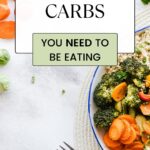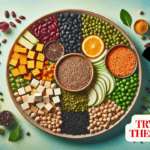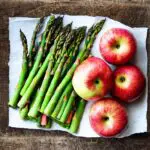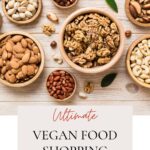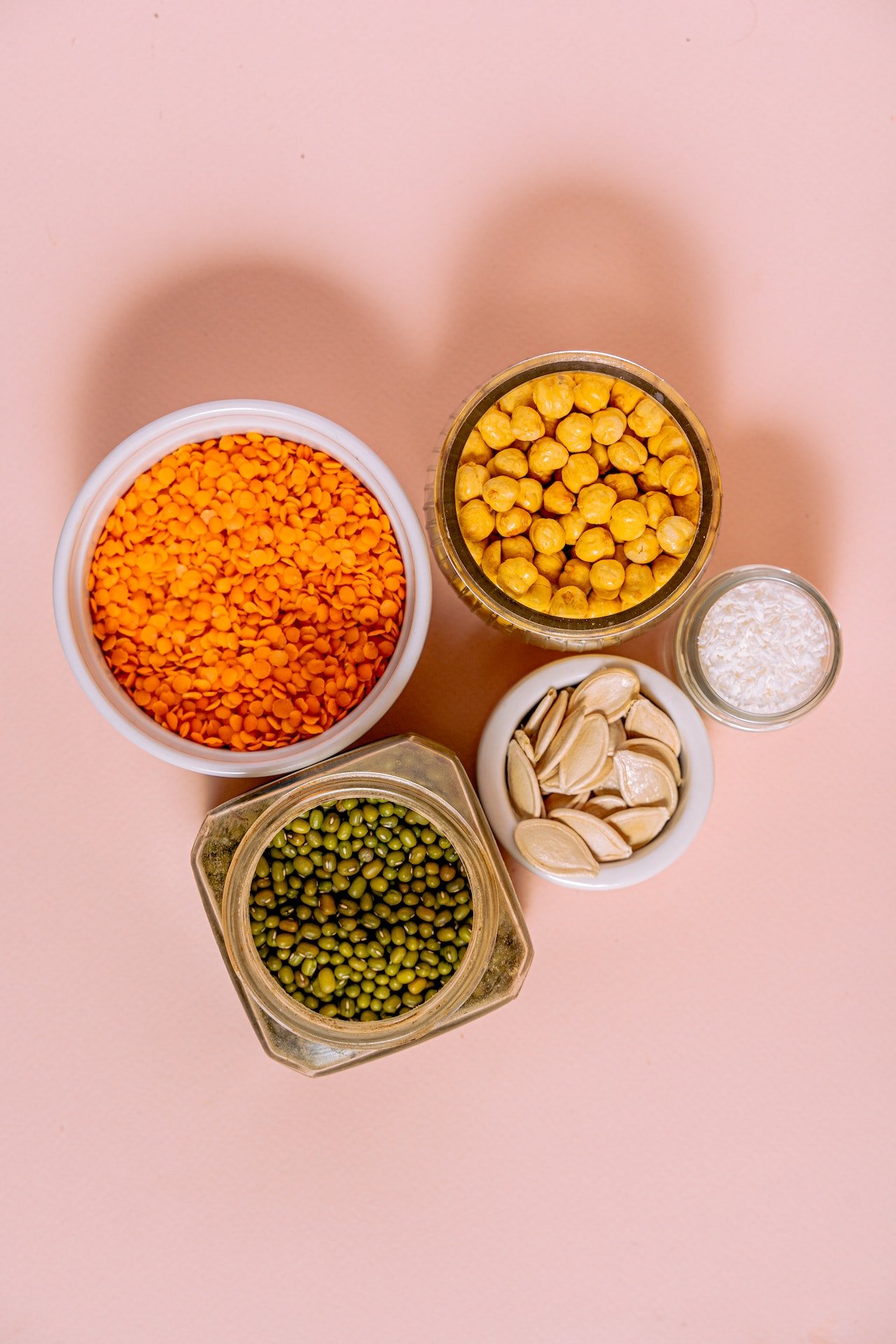
Iron is an essential mineral required by the human body for various vital functions. While it is commonly associated with animal-based foods, it is important to note that plant-based sources can also provide sufficient amounts of iron.
Adopting a plant-based diet does not mean compromising on iron intake. In fact, a well-planned plant-based diet can offer an abundance of iron, along with numerous other health benefits.
In this post, we will explore a variety of plant-based iron sources that can help meet your iron needs and maintain optimal health.
Contrary to the misconception that plant-based diets lack sufficient iron, there is an array of iron-rich plant-based foods available. Here are some of the best options:
Legumes and Pulses
Legumes and pulses are excellent sources of plant-based iron. They include beans, lentils, chickpeas, and peas, among others. These plant-based protein powerhouses are not only rich in iron but also provide fiber, folate, and other essential nutrients.
For example, a cup of cooked lentils contains approximately 6.6 milligrams of iron, which is about 37% of the recommended daily intake for adults. Incorporating legumes and pulses into your meals, such as soups, stews, salads, and curries, can help boost your iron levels significantly.
Dark Leafy Greens
Dark leafy greens, such as spinach, kale, Swiss chard, and collard greens, are another group of iron-rich plant-based foods. These greens are not only packed with iron but also contain vitamin C, which aids in iron absorption.
For instance, a cup of cooked spinach provides around 6.4 milligrams of iron. Including a variety of dark leafy greens in your diet through salads, sautés, or smoothies can contribute to meeting your iron requirements.
Whole Grains
Whole grains, including quinoa, oats, brown rice, and fortified cereals, can be a valuable source of iron in a plant-based diet. While their iron content may be moderate compared to other sources, they offer a range of additional nutrients and dietary fiber.
Many whole grain products, such as breakfast cereals, are often fortified with iron, making them an accessible option to increase iron intake. Incorporating whole grains into your meals, such as grain bowls, porridges, or stir-fries, can enhance your iron consumption.
Nuts and Seeds
Nuts and seeds, such as almonds, cashews, pumpkin seeds, and sesame seeds, not only provide healthy fats and protein but also offer a decent amount of iron. For instance, a quarter cup of pumpkin seeds contains approximately 4 milligrams of iron.
These versatile ingredients can be added to salads, oatmeal, baked goods, or consumed as a nutritious snack.
Dried Fruits
Dried fruits like apricots, raisins, prunes, and figs can be excellent sources of iron. They are also convenient options for a quick iron boost on the go. For instance, half a cup of dried apricots contains around 2 milligrams of iron.
However, it’s important to consume dried fruits in moderation due to their high sugar content. They can be added to trail mixes, oatmeal, or used as natural sweeteners in recipes.
Better Absorption with Vitamin C
Pairing plant-based iron sources with foods rich in Vitamin C can significantly improve iron absorption.
It is important to note that plant-based iron is non-heme iron, which is not as readily absorbed by the body as heme iron found in animal products. But pairing iron-rich foods with vitamin C sources, such as citrus fruits, tomatoes or bell peppers, enhances iron absorption.
Supplementation
Supplementation is another option for individuals who may have difficulty meeting their iron needs through diet alone. However, it is always recommended to consult with a healthcare professional before starting any supplementation regimen.
Considerations
It’s worth noting that while plant-based iron sources are abundant, it is essential to maintain a balanced diet that provides all the necessary nutrients. Incorporating a variety of plant-based foods into your meals will not only provide iron but also deliver other vital nutrients such as vitamins, minerals, antioxidants, and fiber.
To ensure optimal iron absorption, it is also important to avoid consuming iron inhibitors such as tea, coffee, and calcium-rich foods during meals. These substances can hinder iron absorption. Instead, consume iron-rich foods separately or pair them with iron-enhancing foods.
Lastly, it is crucial to listen to your body and be mindful of any signs of iron deficiency, such as fatigue, weakness, pale skin, and difficulty concentrating. If you suspect a deficiency, consult with a healthcare professional for proper diagnosis and guidance.
Final Thoughts
By incorporating legumes and pulses, dark leafy greens, whole grains, nuts and seeds, and dried fruits into your meals, you can easily meet your iron requirements while enjoying a diverse and nutritious plant-based diet.
By combining these iron-rich foods with vitamin C sources and adopting mindful eating habits, you can ensure optimal iron absorption and meet your iron requirements while enjoying a plant-based lifestyle. Embrace the abundance of plant-based iron sources and reap the numerous health benefits they offer.
Lance has been passionate about the plant-based diet and we have been following a whole food plant-based diet for over 5 years. We focus on health, natural healing, weight management, animal rights, and the health of the planet and environment by focusing on whole plant-based foods and sustainable practices.
Learn more at the About Me page and follow on social media at the links below.

